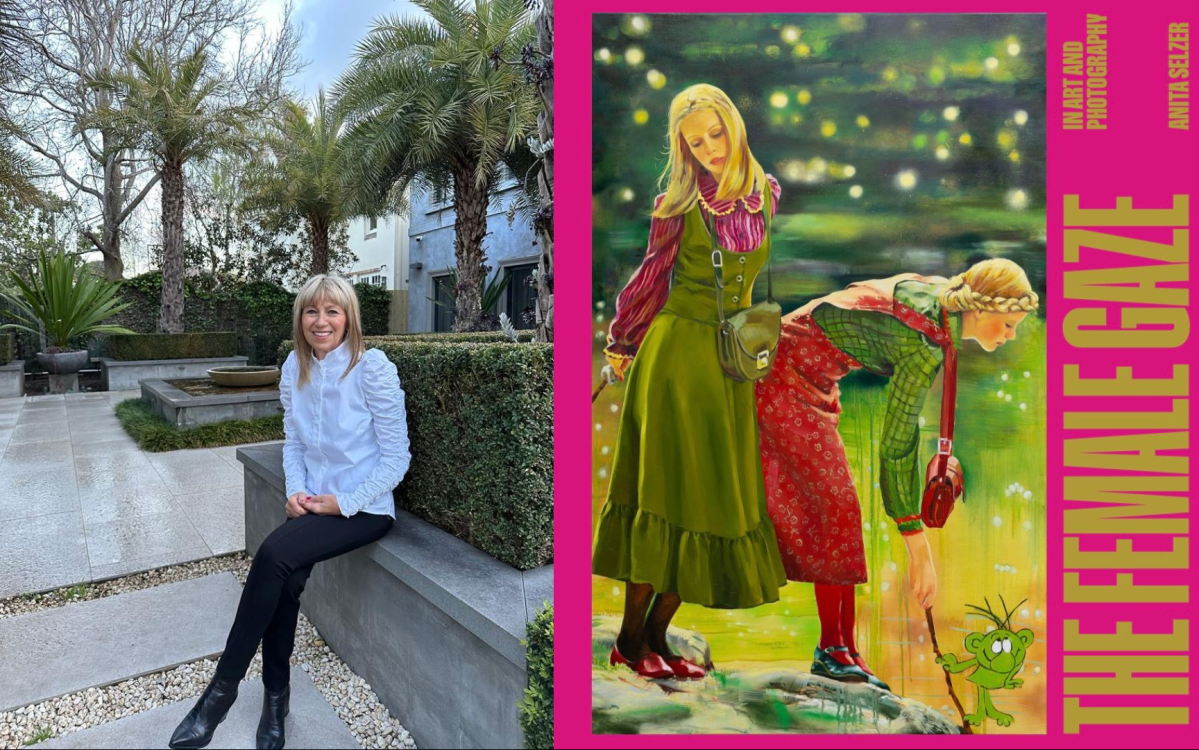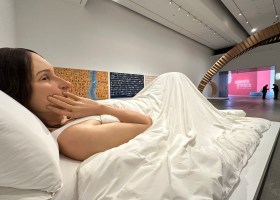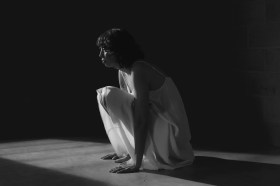In her 1971 essay, Why Have There Been No Great Women Artists?, US art historian Linda Nochlin considered the various institutional and educational obstacles that have, for centuries, prevented women artists from entering the spheres of art production and trading. Now considered to be a landmark work of feminist art theory, Nochlin’s essay continues to inspire discussion around the underrepresentation of women artists in galleries, museums and collections around the world.
In Anita Selzer’s new monograph, The Female Gaze in Art and Photography, the contributions of women artists are brought to the forefront. By profiling 20 accomplished artists working across the industry today, Selzer asks us to imagine a world in which the female gaze is at once nurtured and valued.
To consider the female gaze as a singular perspective that all women and women-identifying people share, solely by virtue of their womanhood, would be reductive. As Selzer acknowledges in her introduction, every woman comes from a different walk of life; therefore, the female gaze is less about a particular way of seeing and more about a particular way of creating. In Selzer’s words: ‘The female gaze values women in the process and production of their work. It uses a female perspective or/and female experience to emphasise the emotions of both the creators and subject… And it respects women’s bodies without necessarily sexualising them as the male gaze has done.’
To this point, Selzer asks us to consider the female nude, which has, for centuries, held a dominant position in Western art as the epitome of feminine beauty. Here, it is important to note that the genre had also subjected women’s bodies to endless cycles of scrutiny – first, by the men who created them, and then by the men who consumed them.
Selzer’s position is that the genre of the nude is not necessarily incompatible with the female gaze. The female gaze does not exclude the nude; rather, it extends the parameters of the nude, such that it is free to exist on its own terms. There is a chapter in the book on US photographer Amanda Charchian, whose practice, in Selzer’s words, ‘oozes sensuality but [is] not about sex’. Selzer goes on to offer interesting and nuanced explorations of how the genre of the nude can fit into the broader narrative of feminist art theory.
The question of agency is another central theme in Selzer’s book. What does it mean to tell your own story in your own words, she asks? An extensive chapter on Cameroonian photographer Angèle Etoundi Essamba offers some insight. Known for her humanist photography of African women, Essamba and her subjects embody stories that are rooted in reality. The photographer rejects the essentialist representation of African women as the exotic “other” and deconstructs the problematic clichés that have been allowed to exist in society for far too long. In considering Essamba’s work, Selzer reminds us that creating art through a feminine lens is also an act of power. There is transformative potential in positioning diverse bodies and voices at the forefront of artistic expression – Essamba’s work is an excellent example.
Thankfully, the world has changed since Nochlin published her 1971 essay. As Selzer acknowledges in an introductory chapter, the subject of the female gaze in art has gained significant cultural currency over the last decade – making women artists more visible than ever, and projects like Selzer’s more viable than ever. Just look at institutional exhibitions like Artemisia at the National Gallery, London, or the Know My Name initiative at the National Gallery of Australia, or the groundbreaking Marina Abramović retrospective that is currently taking place at the Royal Academy of Arts. These are all signs that we are moving in the right direction.
Read: Book Review: Days of Innocence and Wonder, Lucy Treloar
Selzer’s new book is an accessible and insightful addition to contemporary art criticism. It is by no means a comprehensive account of every significant woman artist working today, but that is precisely the point. The Female Gaze in Art and Photography reminds us that there is always more to see, and there is always more to learn.
The Female Gaze in Art and Photography by Anita Selzer
Publisher: Hardie Grant Books
ISBN: 978-174379992-5
Format: Hardcover
Categories: Non-fiction
Pages: 256
Release Date: September 2023
RRP: $49.99





